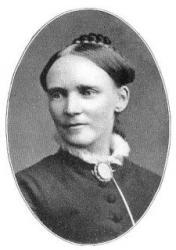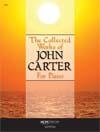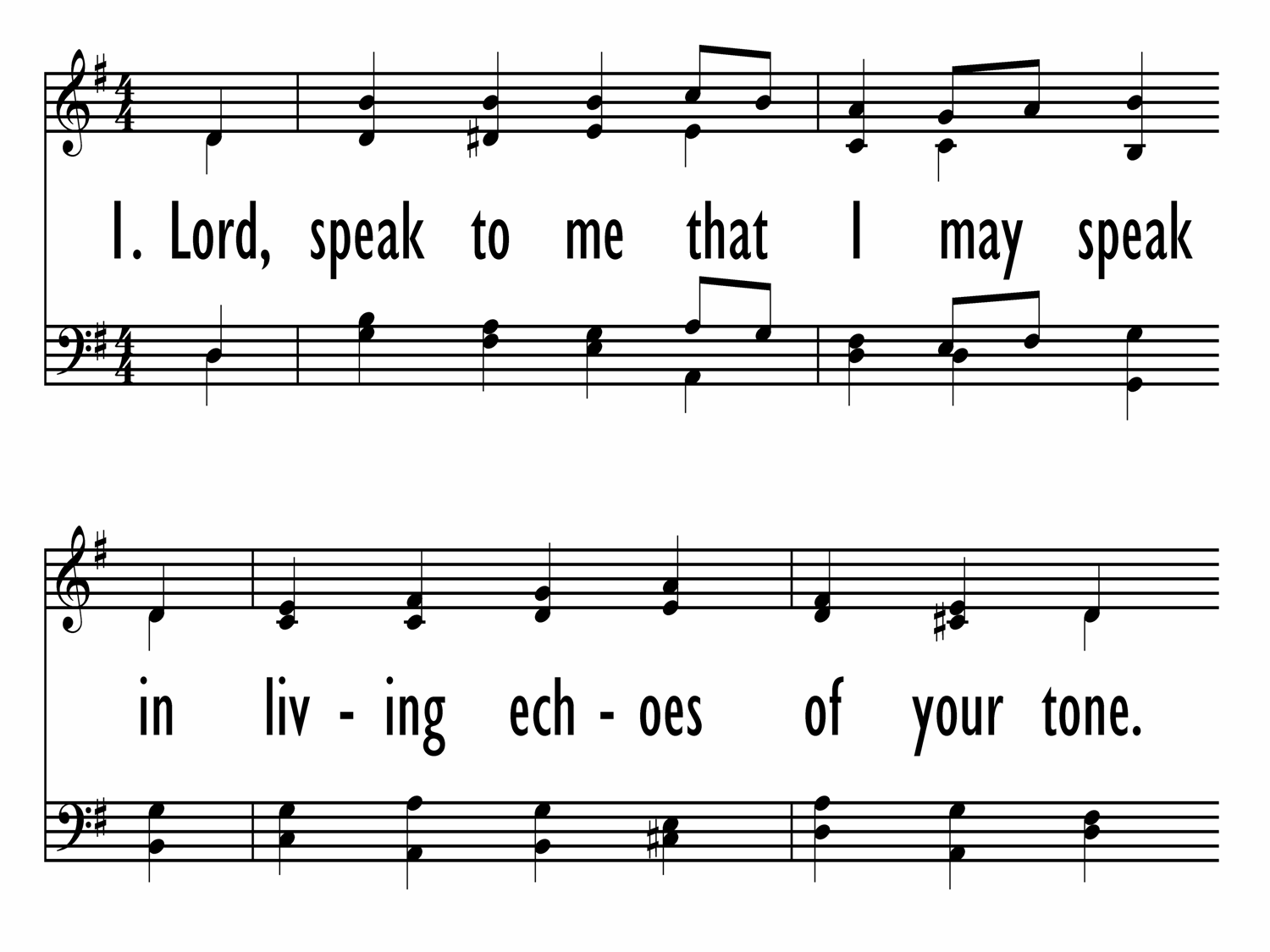Author: Frances Ridley Havergal

Havergal, Frances Ridley, daughter of the Rev. W. H. Havergal, was born at Astley, Worcestershire, Dec. 14, 1836. Five years later her father removed to the Rectory of St. Nicholas, Worcester. In August, 1850, she entered Mrs. Teed's school, whose influence over her was most beneficial. In the following year she says, "I committed my soul to the Saviour, and earth and heaven seemed brighter from that moment." A short sojourn in Germany followed, and on her return she was confirmed in Worcester Cathedral, July 17, 1853. In 1860 she left Worcester on her father resigning the Rectory of St. Nicholas, and resided at different periods in Leamington, and at Caswall Bay, Swansea, broken by visits to Switzerland, Scotland, and North Wales. She died…
Go to person page >Scripture References:
st. 1 = Jer. 1:9
st. 3 = Isa. 50:4
st. 4 = 1 Cor. 12:4-11
Francis R. Havergal (PHH 288) wrote this text at Winterdyne, England, on April 28, 1872. With the heading "A Worker's Prayer" and with a reference to Romans 14:7 ("none of us lives to himself alone"), the seven-stanza text was first published as one of William Parlane's musical leaflets. It was then republished in Havergal’s Under the Surface in 1874. The Psalter Hymnal includes the original stanzas 1, 2, 4, and 7 in modern English.
"Lord, Speak to Me" is a prayer that God will speak to, lead, and teach each of us so that we may do the same to others who need Jesus Christ (st. 1-3). The text also expresses our commitment to full-time kingdom service ("use me, Lord . . . just as you will, and when, and where") , an ongoing task that ultimately leads us to eternal "rest," 'Joy," and "glory" (st. 4).
Liturgical Use:
Worship that focuses on missions and evangelism (during Pentecost season) and on the "equipping of the saints for ministry."
--Psalter Hymnal Handbook, 1988
=================
Lord, speak to me, that I may speak. Frances R. Havergal. [Lay Helpers.] Written, April 28, 1872, at Winterdyne, and first printed as one of Parlane's musical leaflets in the same year. In 1874 it was published in her Under the Surface, and in 1879 in Life Mosaic. In the original manuscript it is headed “A Worker's Prayer. ‘None of us liveth to himself.' Rom. xiv. 7." This hymn has become very popular, and is highly esteemed by those engaged in Christian work.
--John Julian, Dictionary of Hymnology (1907)
Notes
Scripture References:
st. 1 = Jer. 1:9
st. 3 = Isa. 50:4
st. 4 = 1 Cor. 12:4-11
Francis R. Havergal (PHH 288) wrote this text at Winterdyne, England, on April 28, 1872. With the heading "A Worker's Prayer" and with a reference to Romans 14:7 ("none of us lives to himself alone"), the seven-stanza text was first published as one of William Parlane's musical leaflets. It was then republished in Havergal’s Under the Surface in 1874. The Psalter Hymnal includes the original stanzas 1, 2, 4, and 7 in modern English.
"Lord, Speak to Me" is a prayer that God will speak to, lead, and teach each of us so that we may do the same to others who need Jesus Christ (st. 1-3). The text also expresses our commitment to full-time kingdom service ("use me, Lord . . . just as you will, and when, and where") , an ongoing task that ultimately leads us to eternal "rest," 'Joy," and "glory" (st. 4).
Liturgical Use:
Worship that focuses on missions and evangelism (during Pentecost season) and on the "equipping of the saints for ministry."
--Psalter Hymnal Handbook, 1988
=================
Lord, speak to me, that I may speak. Frances R. Havergal. [Lay Helpers.] Written, April 28, 1872, at Winterdyne, and first printed as one of Parlane's musical leaflets in the same year. In 1874 it was published in her Under the Surface, and in 1879 in Life Mosaic. In the original manuscript it is headed “A Worker's Prayer. ‘None of us liveth to himself.' Rom. xiv. 7." This hymn has become very popular, and is highly esteemed by those engaged in Christian work.
--John Julian, Dictionary of Hymnology (1907)
Hymnary Pro Subscribers
Access
an additional article
on the Canterbury Dictionary of Hymnology:
Hymnary Pro subscribers have full access to the Canterbury Dictionary of Hymnology.
Subscribe now


 My Starred Hymns
My Starred Hymns






